Optimal Timing for Foundation Repairs
Foundation repairs are most effective when performed during specific times of the year, depending on weather conditions and soil stability. Understanding the optimal timing can help ensure the longevity and success of repairs, minimizing disruptions and costs.
Spring offers moderate temperatures and stable soil conditions, making it ideal for foundation repairs. However, increased rainfall can sometimes delay work.
Summer provides longer daylight hours and dry weather, which can facilitate quicker repairs. Extreme heat may, however, affect certain repair materials.
Fall is suitable due to cooler temperatures and less rain, allowing for effective repair work before winter.
Winter is generally less favorable due to freezing temperatures and frozen ground, which can hinder excavation and repair processes.
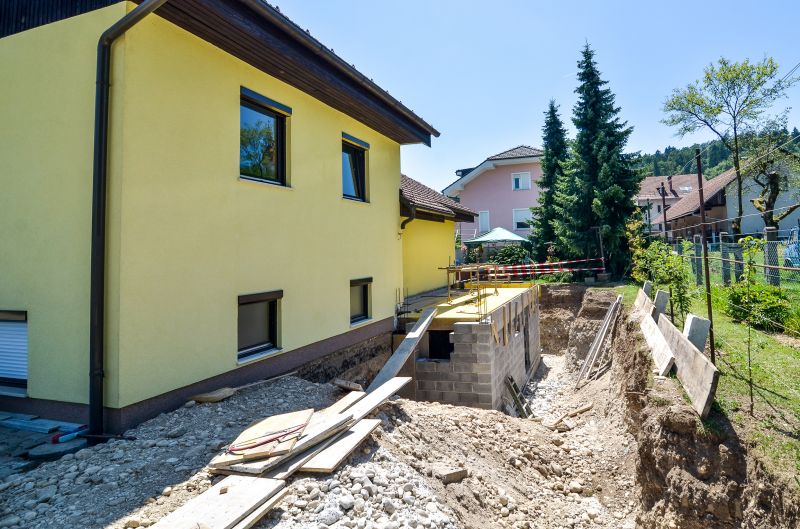
Foundation repairs in spring benefit from moderate weather and soil conditions.
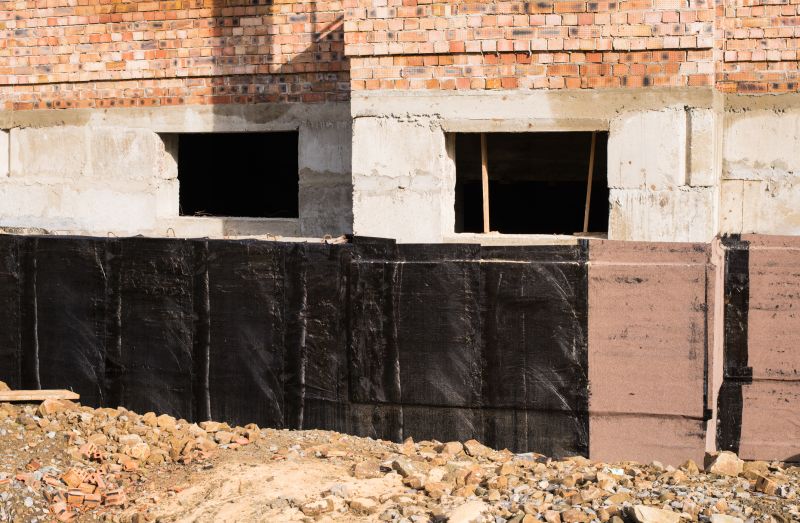
Summer repairs are aided by dry weather, reducing delays.
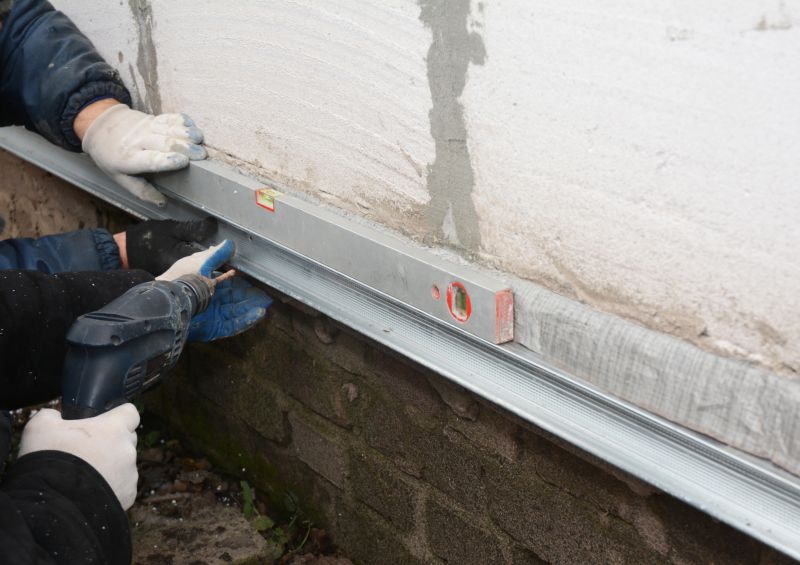
Fall provides cooler temperatures ideal for foundation stabilization.
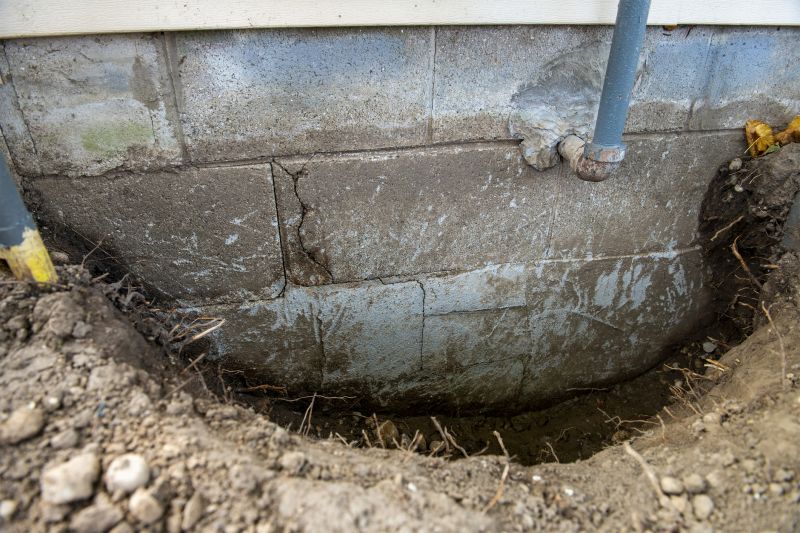
Frozen ground can complicate winter foundation repair efforts.
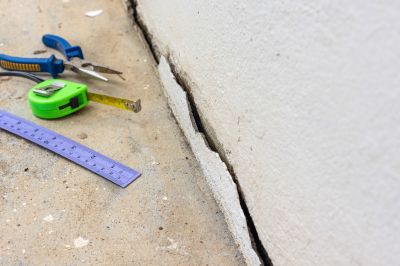
Ways to make Foundation Repairs work in tight or awkward layouts.
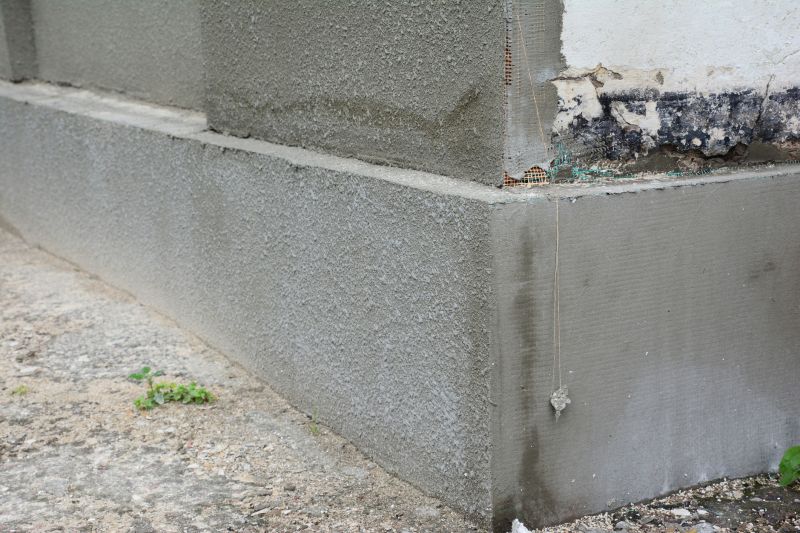
Popular materials for Foundation Repairs and why they hold up over time.
| Season | Ideal Conditions |
|---|---|
| Spring | Moderate temperatures, stable soil, some rainfall |
| Summer | Dry weather, longer daylight hours |
| Fall | Cooler temperatures, less rain |
| Winter | Freezing temperatures, frozen ground |
Foundation repairs are critical for maintaining the structural integrity of a building. They address issues such as settling, cracking, and shifting caused by soil movement, moisture changes, and other environmental factors. Proper timing ensures that repairs are effective and durable. In regions with variable weather, selecting the right season can prevent additional damage and reduce repair costs. Statistics show that addressing foundation issues early can prevent more extensive and expensive repairs later.
Performing foundation repairs during optimal weather conditions minimizes soil disturbance and allows repair materials to set properly. Seasonal considerations, such as soil moisture levels and temperature, play a significant role in the success of repair projects. Consulting with foundation specialists can help determine the best timing based on local climate patterns and specific property conditions.
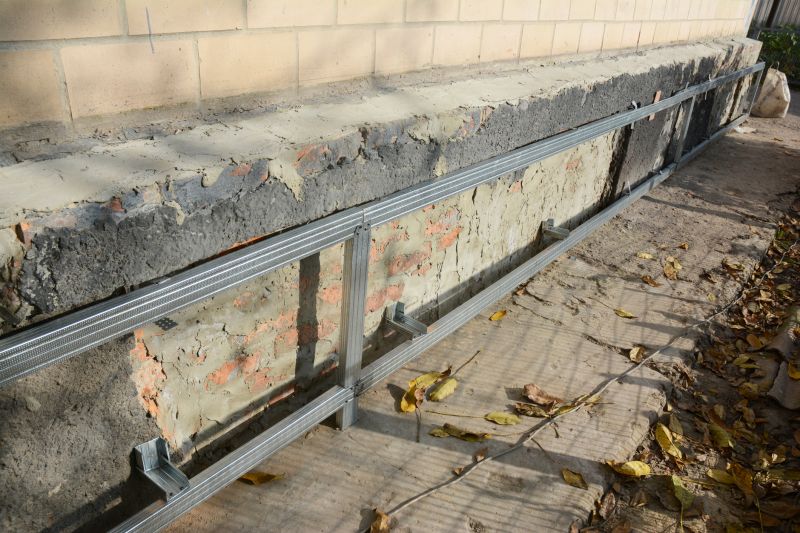
Exposing the foundation for stabilization work.

Using piering and underpinning techniques.

Ensuring structural stability after repairs.

Restored foundation integrity and support.
Interested property owners in Fishers, IN, are encouraged to contact for more information about the best timing for foundation repairs. Proper scheduling can enhance repair effectiveness and protect property value. Filling out the contact form provides a pathway to expert advice tailored to specific site conditions.

